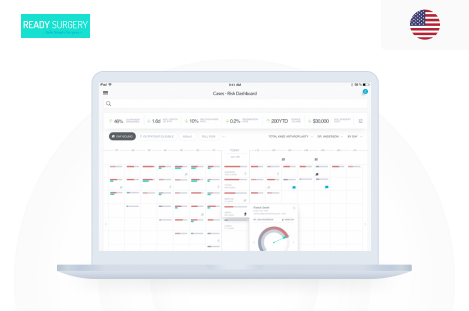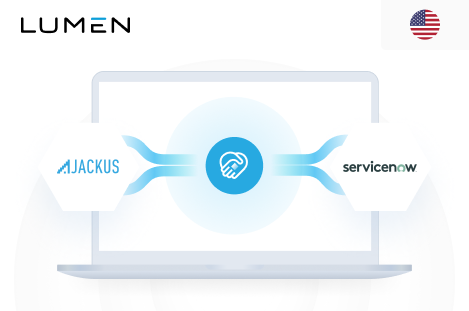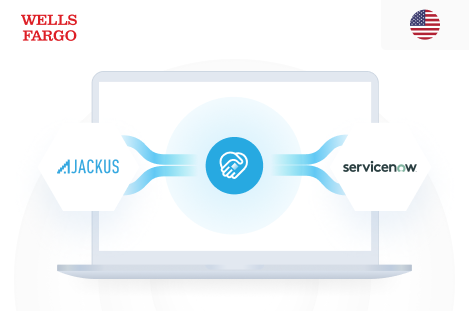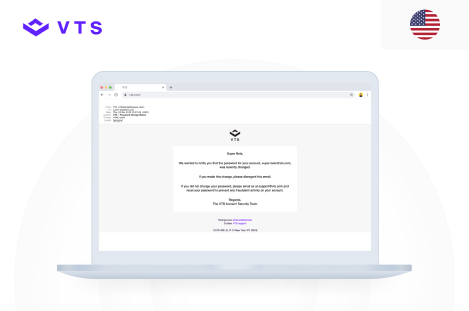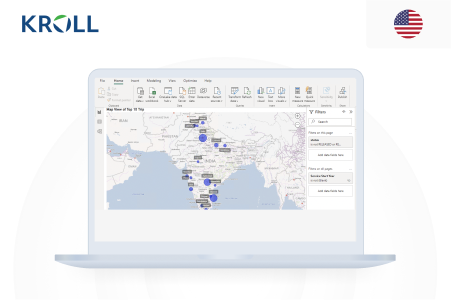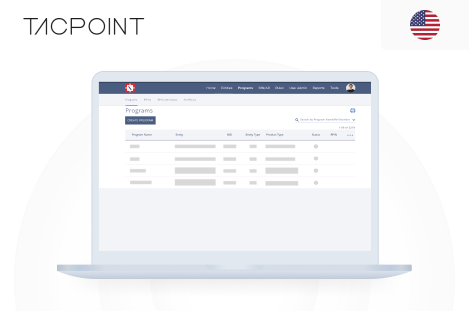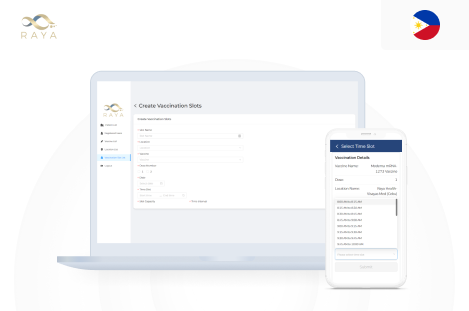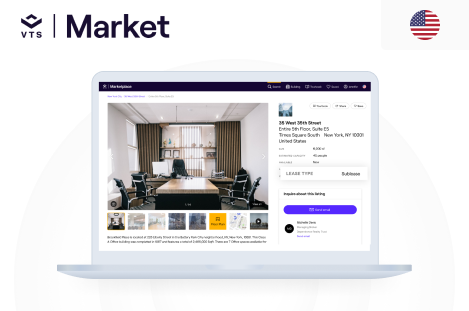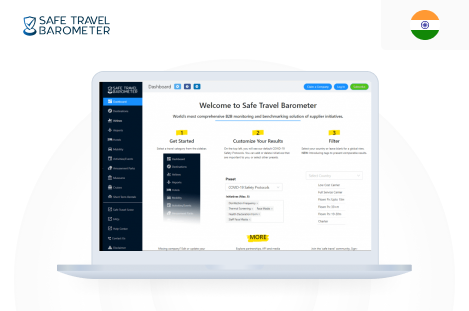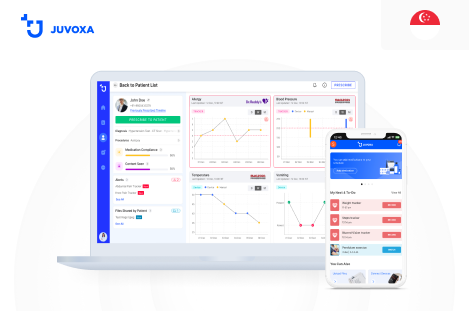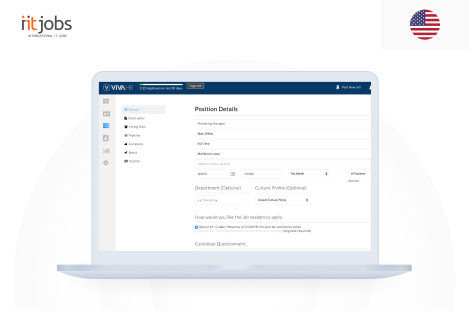Overview
PhasorLab uses Hyper Sync Net, a High-Precision Synchronization Technology, ensuring sub-nanosecond time synchronization and sub-ppb frequency synchronization. This is crucial for achieving centimeter-level target tracking accuracy in network-based positioning systems, suitable for indoor and outdoor applications. PhasorLab sought a computer vision solution to enhance their high-precision network-based positioning. Additionally, they aimed for compatibility with a single CCTV camera. In collaboration with Ajackus, we developed a tailored model predicting 2D image depth up to 10 meters.
Problem
- High-Precision Synchronization Technology Challenges
PhasorLab struggled to maintain synchronization at the desired levels, impacting the accuracy of target tracking in network-based positioning systems. Achieving centimeter-level precision outdoors and indoors remained a formidable challenge.
- Custom Model Development Hurdles
The development of a custom model predicting 2D image depth up to 10 meters posed significant challenges for PhasorLab. They sought a solution to enhance their computer vision capabilities and overcome limitations in in-depth prediction.
- Single CCTV Camera Integration Issues
PhasorLab faced integration issues with a single CCTV camera, hindering their goal of seamless compatibility. The challenge was to incorporate computer vision technology effectively into their existing setup to optimize performance and accuracy.
Solution
- Body Detection Module Implementation:
Successfully deploying the Mask RCNN library, team Ajackus achieved precise human body identification in a continuous image stream, addressing PhasorLab’s crucial need for accurate body shape recognition at regular intervals.
- Accurate Depth Detection for Distance Measurement:
In response to the challenge of determining distances between humans and the camera, team Ajackus extensively researched depth detection algorithms. The strategic choice of the DenseDepth algorithm model enabled precise distance calculations, enhancing PhasorLab’s capabilities in accurately measuring distances based on known area maps.
- Strategic Selection of Object Detection Libraries:
Team Ajackus navigated a variety of libraries to identify the most effective solutions for body detection. The strategic use of the Mask RCNN library, renowned for object and instance segmentation, provided superior results in detecting and isolating humans within images. This careful selection significantly contributed to PhasorLab’s success in achieving optimal object recognition outcomes.
Results
We improved PhasorLab’s image analysis by accurately detecting and measuring human depth using Mask RCNN. This enhanced their positioning systems, making them more effective indoors and outdoors. The streamlined operations and increased accuracy have positively impacted PhasorLab’s overall business performance.
13+
Years in the industry
300+
Projects delivered
500M+
End users impacted








